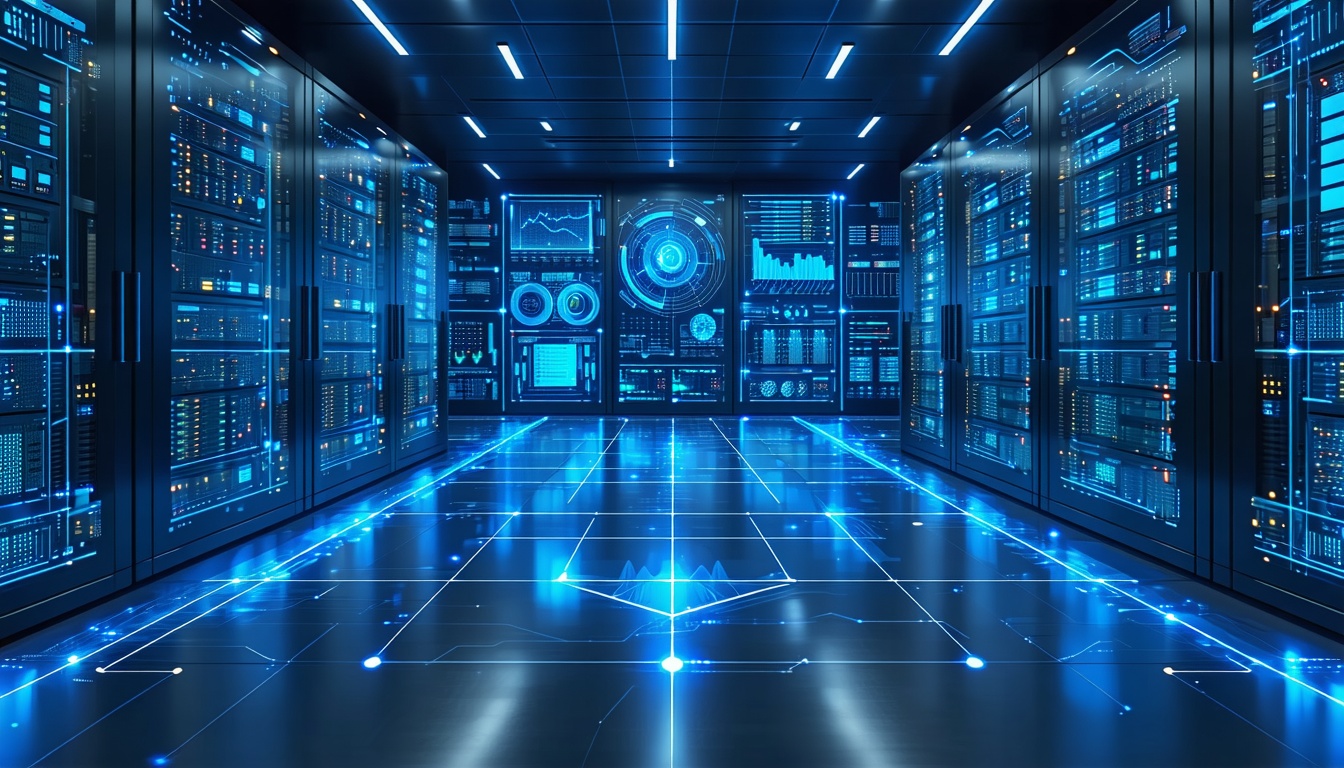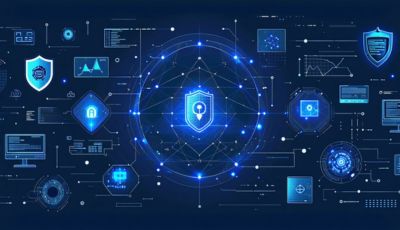Data center components form the backbone of modern IT operations, supporting compute, connectivity, storage, power, cooling, and security functions. Organizations evaluating a colocation data center deployment or managing their own enterprise data center must assess each component’s role in achieving performance and reliability objectives. In this scenario, clear visibility into hardware, subsystems, and management practices underpins strategic infrastructure planning.
That is why many IT leaders implement Data Center Infrastructure Management (DCIM) platforms for real-time visualization, tracking, and control of equipment ranging from servers and racks to power distribution units and cooling systems (Sunbird DCIM). Such tools enhance operational efficiency, capacity utilization, and uptime.
This listicle examines five essential elements that comprise a modern data center. Each section offers insights and best practices to guide B2B decision-makers toward robust colocation hosting, managed colocation, or hybrid solutions.
Servers And Compute Infrastructure
Servers serve as the primary workhorses of any data center, executing applications and processing workloads. Modern facilities accommodate a range of server types, including rack-mounted, blade, and hyperconverged nodes. Key considerations include:
- Rack-Mounted Servers: Standard 1U to 4U units optimized for density and serviceability
- Blade Servers: High-density modules sharing power and cooling resources, ideal for scale-out computing
- Hyperconverged Infrastructure (HCI): Integrated compute and storage appliances that simplify management and reduce footprint
In this scenario, hardware selection depends on workload profiles—from virtual machines for enterprise applications to GPU-accelerated servers for AI training. Organizations often deploy redundant compute clusters to support high availability and disaster recovery frameworks. DCIM integration can map server assets to power and cooling circuits, enabling proactive maintenance and capacity planning (Sunbird DCIM).
Networking Equipment And Topology
Networking equipment ensures seamless data exchange between servers, storage, and external networks. Core components include routers, switches, firewalls, and load balancers, which collectively secure and optimize traffic flow (Cisco):
- Routers: Direct packets across IP networks, facilitating both east-west and north-south traffic
- Switches: Layer 2 and Layer 3 devices that interconnect compute and storage nodes
- Firewalls and Intrusion Prevention: Appliances safeguarding against unauthorized access
- Load Balancers and ADCs: Distribute application traffic to maintain performance and resilience
Organizations may compare network designs when deciding between colocation vs cloud deployments. Common topologies include:
| Topology | Advantages | Common Use Cases |
|---|---|---|
| Three-Tier | Established design, simpler troubleshooting | Legacy enterprise environments |
| Spine-Leaf | Low latency, high throughput | Modern colocation and cloud |
| Fat Tree | Highly scalable, uniform traffic paths | Hyperscale data centers |
A spine-leaf architecture can reduce hop count and improve east-west communication efficiency, critical for distributed applications (Park Place Technologies). In many colocation environments, robust data center connectivity services underpin this design, offering direct cloud on-ramps and cross-connects.
Data Storage Systems
Storage arrays house critical organizational data, balancing performance, capacity, and cost. Modern data centers address three primary storage purposes: operational workloads, analytics, and compliance archiving (DataBank). Key storage types include:
- All-Flash Arrays (SSDs): Offer the highest IOPS and lowest latency, suitable for transactional databases
- Hybrid Storage: Combine solid-state drives with HDDs to balance cost and performance
- Object Storage: Scale-out architectures for unstructured data with built-in redundancy
- Backup and Archive Solutions: Appliances or cloud-integrated systems that meet recovery and retention objectives
Effective data lifecycle management covers organization, security, backup and recovery, archiving, and auditing processes. Adherence to retention policies and encryption standards helps maintain compliance. Insights from DCIM can correlate storage utilization with power and capacity trends, optimizing resource allocation and expansion planning.
By selecting appropriate storage tiers, organizations can maximize the benefits of data centers and control total cost of ownership.
Power And Cooling Infrastructure
Power distribution and thermal management are critical to reliability and cost efficiency. Primary subsystems include uninterruptible power supplies (UPS), power distribution units (PDUs), backup generators, and cooling equipment:
- UPS and Generators: Provide power continuity during outages, supporting graceful shutdown or ride-through periods
- PDUs and Busways: Distribute electrical capacity to racks with per-circuit monitoring
- Air Conditioning Units (CRAC/CRAH): Maintain server inlet temperatures between 65°F and 85°F, with 40–60% relative humidity as per ASHRAE guidelines (Delta T Systems)
- Advanced Cooling Solutions: Liquid cooling and evaporative chillers can reduce facility PUE by 10-18% compared to legacy air-cooled systems (AIRSYS)
Cooling typically accounts for 40-50% of total energy consumption. Inefficient airflow management and outdated compressors can drive up power usage effectiveness (PUE), inflating colocation costs and operational expenses. DCIM platforms monitor temperature distribution and detect hotspots before they impact hardware longevity.
Security And Access Control
Security measures protect physical infrastructure and data integrity. A comprehensive framework integrates physical access systems, surveillance, intrusion detection, and network security appliances:
- Access Control Systems: Badge readers, biometric scanners, and secure locks that govern entry to sensitive zones (Diversified)
- Video Surveillance: Cameras and recording systems that deter theft and facilitate incident investigations
- Intrusion Detection: Sensors and alarms alerting security teams to unauthorized access or tampering
- Network Security Appliances: Firewalls, intrusion prevention systems (IPS), and segmentation technologies safeguarding data flows (Cisco)
Organizations may implement tiered security zones in compliance with ANSI/TIA-942, aligning with colocation services that offer multi-factor authentication and dedicated security operations centers. Such measures reduce risk and support regulatory audits, reinforcing confidence among partners and clients.
Conclusion
Each core component of a modern data center plays a strategic role in supporting scalable, efficient, and secure IT services. Compute and storage platforms drive application performance, while networking equipment and connectivity architectures determine data-flow efficiency. Power distribution and cooling subsystems underpin reliability and cost management, and layered security frameworks ensure asset protection. By leveraging DCIM solutions alongside deployment best practices, organizations can align colocation hosting, managed data center, or hybrid strategies with business objectives and regulatory requirements.
That is why decision-makers often compare colocation providers and consider colocation services to optimize resources and focus on core competencies.
Need Help With Selecting Data Center Components?
We help B2B IT leaders identify the right colocation services and infrastructure solutions. By assessing technical requirements, budget constraints, and growth projections, we connect organizations with vetted providers and tailored offerings. Reach out to explore optimal configurations and streamline your data center strategy.






